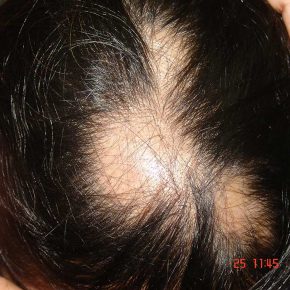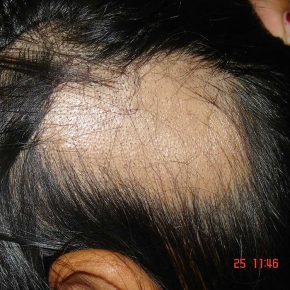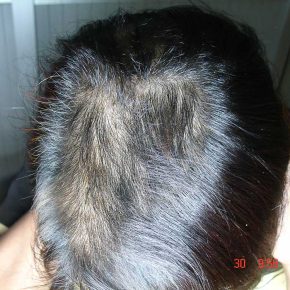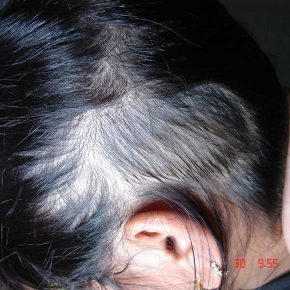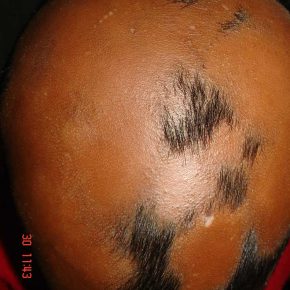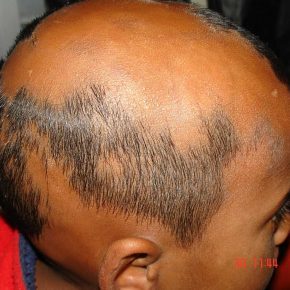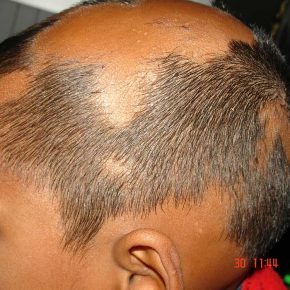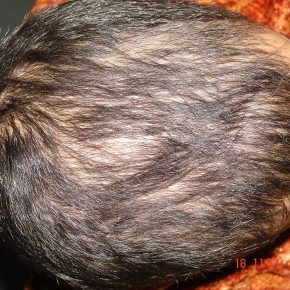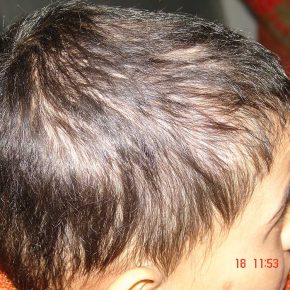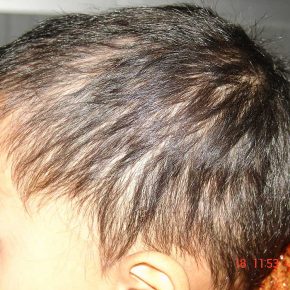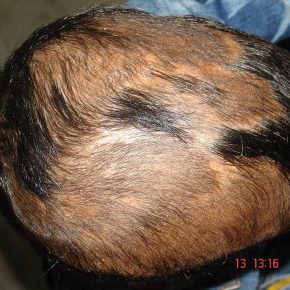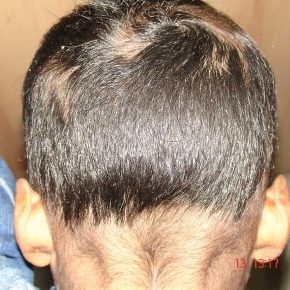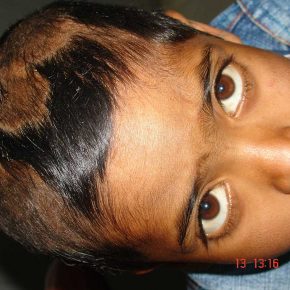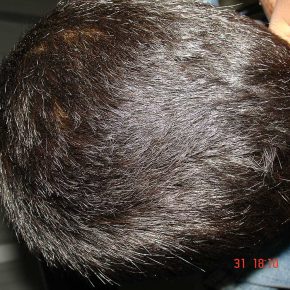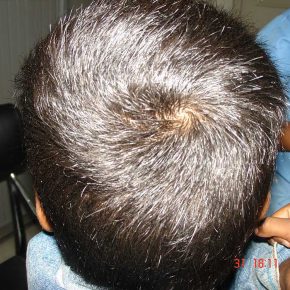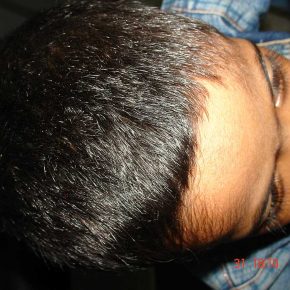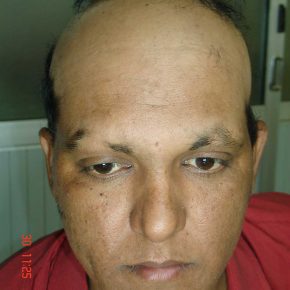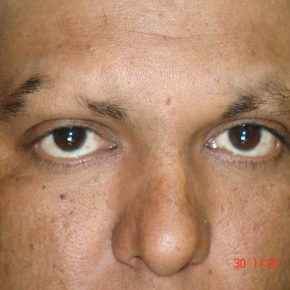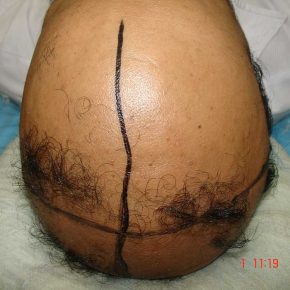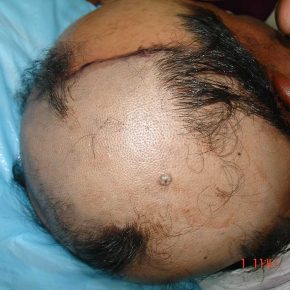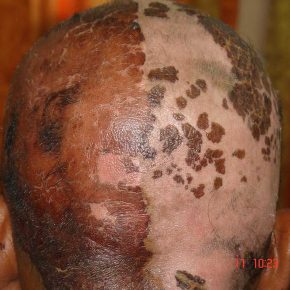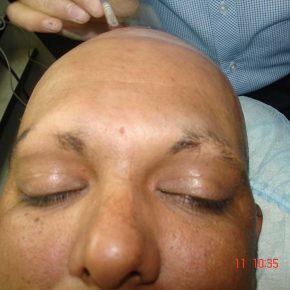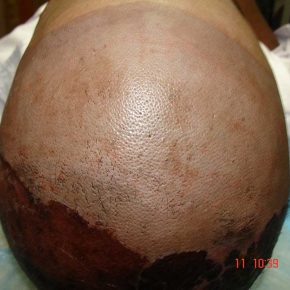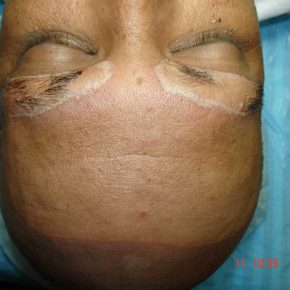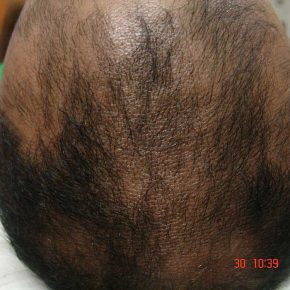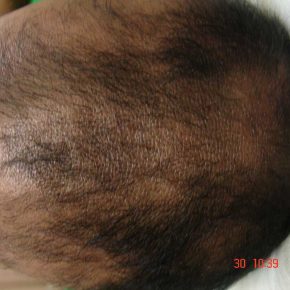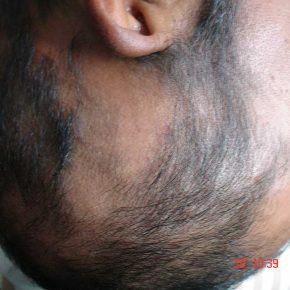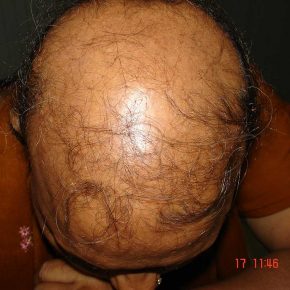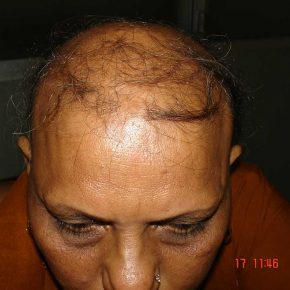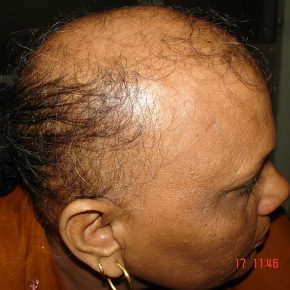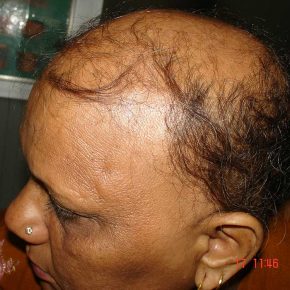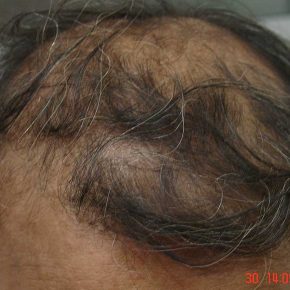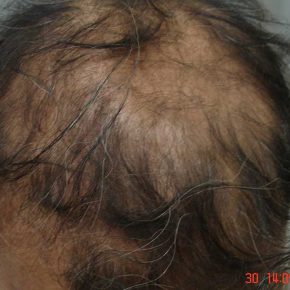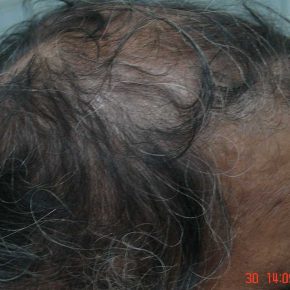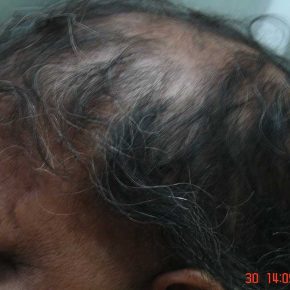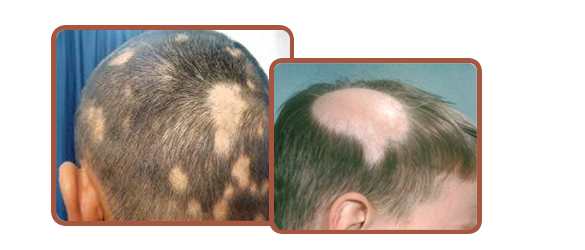
Alopecia Areata
Alopecia Areata: Causes, Symptoms, Diagnosis, Side effects, & Treatment
Scalp hair is one of the most preferred attribute in men and women. It doesn’t only add beauty to someone, but also is a source of pride for those who value it. Today there are different factors that disturb and alter hair growth in men and women, causing hair loss to be seen as an actual peril today
There are different types of hair loss faced today and alopecia areata is just a form that is much hectic and disturbing in men and women. It affects 10% of the people today and it attacks anyone
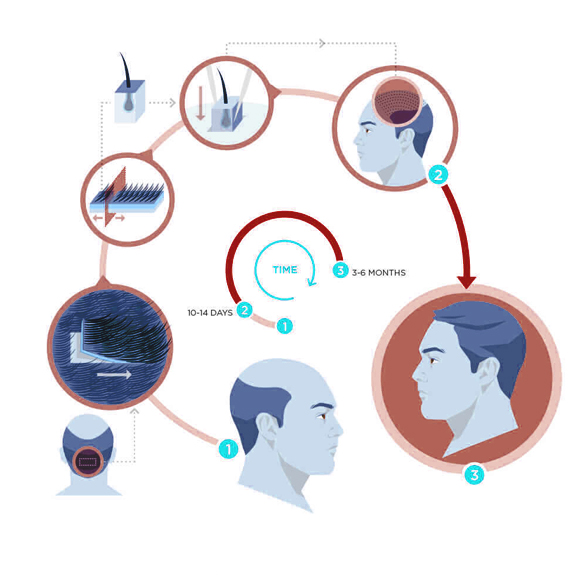
What is Alopecia Areata?
Alopecia Areata is one of the common forms of hair loss affecting men and women today. It is an autoimmune condition where the body cells suddenly attack themselves and create small bald patches on the scalp. The medical condition is noticed from the small sudden patches that occur on the scalp.
These small patches may enlarge and may at the end leave one completely bald. This problem is highly observed in males below the age of 30 and if not handled in time, may further develop to create bigger patches with years.
The condition commonly occurs with autoimmune polyendocrinopathy, vitiligo, atopic dermatitis, Addison’s disease, Down syndrome, and Hashimoto’s thyroiditis.
How alopecia occurs
As it is described as an autoimmune disorder, the white blood cells in the body are triggered to turn against themselves. With this, they will attack the cells in the scalp which will open a road to inflammation. Persistent damage and inflammation will create patches on the scalp and further affect the eyebrows, beards, and the mustache.
Other forms of Alopecia Areata
Alopecia totalis
The scalp is at risk of losing all the hair
Alopecia Universalis
The entire scalp and body may completely lose hair
Possible causes of Alopecia Areata
Genetics
Scientists have clearly indicated that Alopecia areata runs through the blood. If you had or have relatives, sisters or brothers with this kind of hair loss, there are greater chances that you may fall a victim.
Prolonged stress
This is also a scientific result of the studies conducted. People with elevated cases of stress can acquire alopecia areata.
Medical issues
Vitiligo patients or those with chronic diseases have higher chances of suffering from alopecia areata.
Symptoms of Alopecia Areata
This condition discloses it’s self differently in all individuals, but one fact about it is that it is a sudden hair loss that gives no warning at all. Studies have given the symptoms below that are observed prior to alopecia areata
- Sudden hair loss
Within a few days, there will be visible and extreme hair loss in some areas of the scalp before the patches are witnessed
- Itching and burning
It is believed to occur due to inflammation
- Changes in the nails
These are quite common; roughening of the nails, white spots, and splitting of the nails.
- Growth of grey hair (white hair)
It occurs in areas where the patches are to occur.
What are the side effects?
It is quite obvious that any kind of hair loss is burdensome regardless of the gender or age. Alopecia areata, particularly is a threat that is highly visible with short hair. The problem in women can fully develop and enlarge in the shortest time possible. Here is what to expect
- Loss of self-esteem
- Loss of hair
- Loss of interest in social activities
- Faster aging
Diagnosis Procedure in India
A proper approach to diagnostic procedures and treatment requires selecting a renowned hair transplant clinic and surgeon. At Nri, one of the renowned hair transplant centres with a systematic approach to every hair loss, the surgeon always examines alopecia areata patients 3 days before the treatment. This is done;
- Alopecia areata is quite obvious at times so the surgeon automatically has to devise a treatment
- A skin biopsy is taken at times
Treatment of Alopecia Areata in Jalandhar, Punjab
It’s quite tough to select the best hair transplant centre for treatment since there is no cure for alopecia areata. For effective Alopecia Areata treatment in India, one may meet the best surgeon (Dr. Mohan Singh) at Nri hair transplant centre. The renowned surgeon provides surgical and nonsurgical treatments for all kinds of hair loss.
- Minoxidil
It is a nonsurgical hair loss treatment for both men and women. It may deliver different results in patients depending on the extent of hair loss, but it stimulates hair growth generally
- Corticosteroids treatment
It is administered as an injection and it is one of the best anti-inflammatory drugs to correct the autoimmune system. It is advised that you see a doctor for the effective treatment
- A hair transplant
A hair transplant in India can also be considered to restore hair in the affected scalp regions.
- Photochemotherapy
It is termed as a less invasive treatment for alopecia areata. Patients have attained surprising results with the use of this treatment, but it depends on the doctor to administer it

